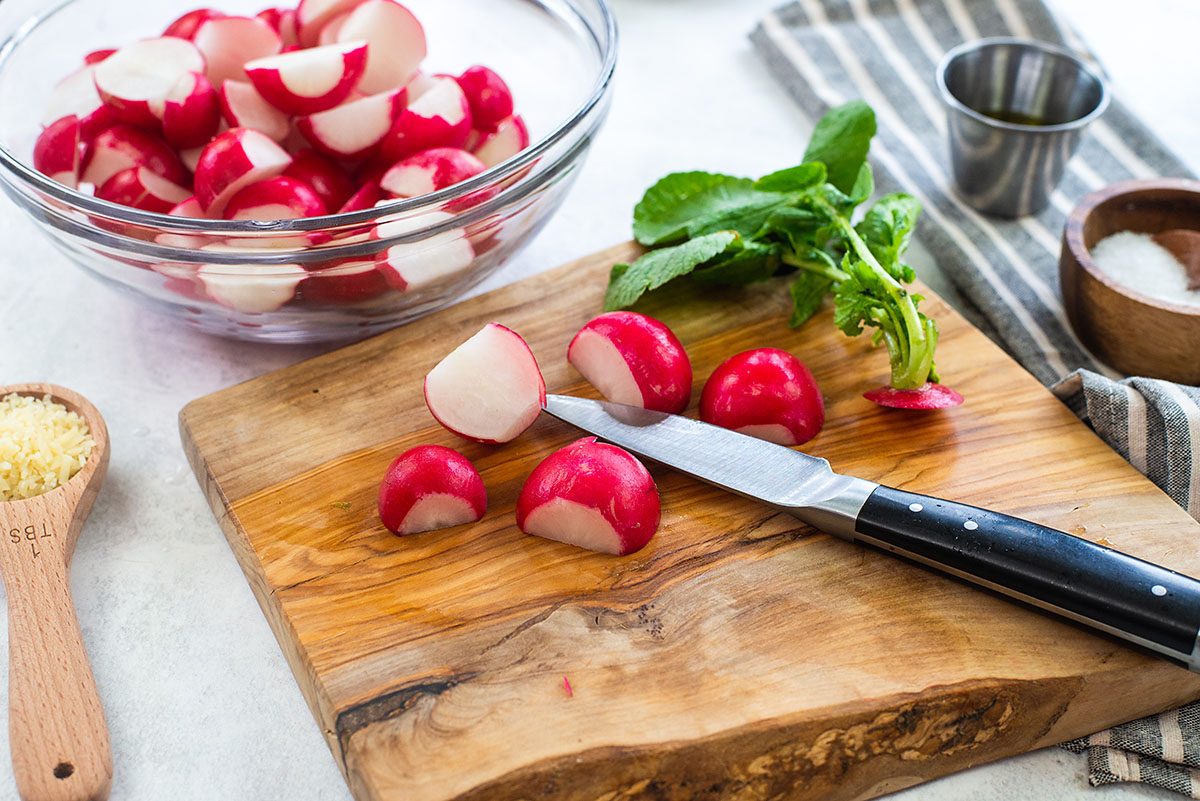

Articles
How To Store Cut Radishes
Modified: August 16, 2024
Learn the best ways to store and keep your cut radishes fresh with these helpful articles. Discover practical tips and tricks to ensure your radishes stay crisp and tasty.
(Many of the links in this article redirect to a specific reviewed product. Your purchase of these products through affiliate links helps to generate commission for Storables.com, at no extra cost. Learn more)
Introduction
Welcome to our guide on how to store cut radishes! Radishes are a versatile and delicious vegetable that can add a refreshing crunch to salads, sandwiches, and many other dishes. However, if you find yourself with leftover cut radishes that you want to store for future use, it’s important to know the proper methods to maintain their freshness and flavor.
In this article, we will walk you through the steps of choosing fresh radishes for cutting, preparing them for storage, and storing them in the refrigerator or freezer. We will also provide you with some useful tips to help extend the shelf life of your cut radishes. So, whether you have an abundance of radishes from your garden or just want to make the most out of a store-bought bunch, read on to learn how to store cut radishes like a pro!
Key Takeaways:
- Choose fresh, firm radishes with smooth skin and vibrant leaves for optimal shelf life. Prepare by washing, trimming, and drying before storing in the refrigerator with a damp paper towel for up to 7 days.
- To extend the shelf life, freeze blanched radishes in portion sizes for up to 3-4 months. Keep them dry, avoid overcrowding, and consider quick pickling for a tangy flavor and prolonged freshness.
Read more: How To Store Radish Greens
Choosing Fresh Radishes for Cutting
When it comes to storing cut radishes, selecting fresh ones is key to ensuring the best quality and shelf life. Here are some tips to help you choose the freshest radishes:
- Look for firmness: When picking radishes, give them a gentle squeeze. Fresh radishes should feel firm and solid, with no squishy or soft spots. Avoid radishes that are wilted or have a spongy texture.
- Inspect the skin: The skin of the radish should be smooth and free from blemishes or cuts. Avoid radishes with wrinkled or discolored skin, as these signs indicate age or damage.
- Check the leaves: If radishes are sold with their greens intact, look for vibrant and crisp leaves. They should be a bright green color and show no signs of wilting or yellowing.
- Size matters: Radishes come in various sizes, from small to large. While size does not necessarily indicate freshness, choose radishes that are uniform in size. This ensures even cooking and storage.
By following these guidelines, you will ensure that you start with the freshest radishes for cutting, leading to a longer shelf life and better-tasting cut radishes.
Preparing Radishes for Storage
Before storing cut radishes, it is important to properly prepare them to maintain their freshness and flavor. Here are the steps to follow:
- Wash the radishes: Start by giving the radishes a good rinse under cold water. Use a vegetable brush to gently scrub away any dirt or debris. This step is essential to remove any bacteria or impurities on the surface of the radishes.
- Trim the ends: Once the radishes are clean, trim off the ends with a sharp knife. This helps to remove any dry or discolored parts of the radish and ensures a fresh cut.
- Slice or dice: Determine the desired shape and size for your cut radishes. Whether you prefer slices, wedges, or diced radishes, use a sharp knife or a mandoline slicer to achieve consistent and even pieces.
- Remove stems and greens: If the radishes have greens attached, remove them before storing. While the greens are edible and can be used in salads or sautés, they tend to wilt quickly and can hasten the spoiling of the radishes.
- Pat dry: After cutting and removing the greens, gently pat the radishes dry with a clean kitchen towel or paper towel. Removing excess moisture helps to prevent the radishes from becoming soggy when stored.
By following these steps, you will have prepared your radishes for storage, ensuring that they stay fresh and flavorful for an extended period.
Storing Cut Radishes in the Refrigerator
The refrigerator is the ideal place to store cut radishes if you plan to use them within a few days. Here are the steps to properly store cut radishes in the refrigerator:
- Use an airtight container: Transfer the cut radishes into an airtight container or a resealable plastic bag. Make sure the container is clean and dry before adding the radishes.
- Add a damp paper towel: To help maintain the radishes’ moisture and prevent them from drying out, place a slightly damp paper towel inside the container. This provides a humid environment for the radishes, keeping them crisp and fresh.
- Label and date: It is important to label the container or bag with the date. This helps you keep track of the freshness of the radishes and ensures that you use them before they spoil.
- Store in the refrigerator: Place the sealed container or bag of cut radishes in the refrigerator. Position them in the crisper drawer, as it provides a slightly higher humidity level, which is suitable for vegetables.
When stored properly in the refrigerator, cut radishes can stay fresh for up to 5-7 days. However, keep in mind that their texture and flavor may deteriorate over time, so it’s best to consume them as soon as possible to enjoy their optimal taste and crunch.
Store cut radishes in a bowl of cold water in the refrigerator. Change the water every 1-2 days to keep them fresh for up to a week.
Freezing Cut Radishes
If you have an abundance of cut radishes or wish to store them for a longer period, freezing is a great option. Freezing cut radishes helps to preserve their freshness and allows you to enjoy them in various dishes even after an extended period. Here’s how to freeze cut radishes:
- Blanching: Start by blanching the cut radishes. Bring a pot of water to a boil and add the radishes. Blanch them for a brief period, typically 2-3 minutes. Blanching helps to preserve the radishes’ color, texture, and nutrients.
- Cooling: After blanching, quickly transfer the radishes into a bowl filled with ice water. This stops the cooking process and helps to maintain their crispness. Let them cool in the ice water for the same amount of time they were blanched.
- Drying: Once the radishes are cooled, drain them thoroughly and pat them dry using a clean kitchen towel or paper towels. Removing excess moisture is essential to prevent the formation of ice crystals, which can negatively impact the texture of the radishes.
- Packaging: Divide the cut radishes into portion sizes that align with your future needs. Place the radishes into freezer-safe containers or resealable plastic bags. Squeeze out any excess air to prevent freezer burn. Label the containers or bags with the date.
- Freezing: Put the sealed containers or bags of cut radishes into the freezer. Make sure to arrange them in a single layer initially, allowing them to freeze individually. Once frozen, you can stack the containers or bags to save space.
Frozen cut radishes can maintain their quality for up to 3-4 months. They are best used when cooked, as freezing can affect their texture and crispness. Consider using them in stir-fries, soups, stews, and other cooked dishes, as they will retain their unique flavor even after freezing.
Read more: How To Store Korean Radish
Tips for Maintaining Freshness
To ensure the longest possible shelf life and maintain the freshness of cut radishes, here are some helpful tips to keep in mind:
- Store them dry: Before storing cut radishes, make sure they are completely dry. Excess moisture can cause them to become soft and spoil more quickly. Remove any excess moisture by patting them dry with a clean kitchen towel or paper towel.
- Avoid overcrowding: When storing cut radishes in the refrigerator, avoid overcrowding them. Overcrowding can lead to increased moisture, resulting in a higher chance of spoilage. Leave some space around the radishes to allow for proper air circulation.
- Check for spoilage: Regularly check your stored cut radishes for any signs of spoilage, such as mold or a foul odor. Discard any radishes that appear slimy, discolored, or have a strong unpleasant smell.
- Use quality storage containers: Invest in quality airtight containers or resealable bags for storing cut radishes. This helps to prevent moisture and air from entering, which can expedite spoilage. Ensure the containers or bags are clean and dry before use.
- Label and date: Always label your stored cut radishes with the date. This allows you to keep track of their freshness and ensure you use them within a reasonable timeframe.
- Store separately from ethylene-producing fruits: Ethylene is a natural gas produced by certain fruits, such as apples and bananas, which can speed up the ripening process and cause nearby vegetables to spoil faster. To prevent this, store cut radishes separately from ethylene-producing fruits.
- Consider quick pickling: If you find yourself with an excess of cut radishes, consider quick pickling them to extend their shelf life. Quick pickling involves immersing the radishes in a mixture of vinegar, water, salt, and sugar. This not only prolongs their freshness but also adds a tangy flavor to the radishes.
By following these tips, you can maximize the freshness and extend the shelf life of your cut radishes, ensuring that you can enjoy their crispness and flavor for as long as possible.
Conclusion
Storing cut radishes properly can make a significant difference in their freshness and longevity. By following the guidelines outlined in this article, you can ensure that your cut radishes remain crisp, flavorful, and ready to be enjoyed in your favorite dishes.
Remember to start by choosing the freshest radishes when preparing them for storage. Look for firmness, inspect the skin, check the leaves, and consider the size to ensure the best quality.
When preparing radishes for storage, wash them thoroughly, trim the ends, slice or dice them to your desired size, remove the greens if present, and pat them dry to remove excess moisture.
Storing cut radishes in the refrigerator is ideal if you plan to use them within a few days. Utilize an airtight container, add a damp paper towel, label and date the container, and store them in the refrigerator’s crisper drawer for optimal freshness.
If you have an abundance of cut radishes or want to store them for a longer period, freezing is a great option. Blanch the radishes, cool and dry them, package them into freezer-safe containers or bags, label them, and store them in the freezer for up to 3-4 months.
To maintain the freshness of your cut radishes, remember to keep them dry, avoid overcrowding, check for spoilage regularly, and use quality storage containers. Additionally, store them separately from ethylene-producing fruits and consider quick pickling to extend their shelf life.
By applying these tips and techniques, you can ensure that your cut radishes stay fresh, flavorful, and ready to enhance your culinary creations. So, make the most out of your radishes, whether they are from your garden or the local market, and enjoy the culinary possibilities even after they are cut!
Frequently Asked Questions about How To Store Cut Radishes
Was this page helpful?
At Storables.com, we guarantee accurate and reliable information. Our content, validated by Expert Board Contributors, is crafted following stringent Editorial Policies. We're committed to providing you with well-researched, expert-backed insights for all your informational needs.
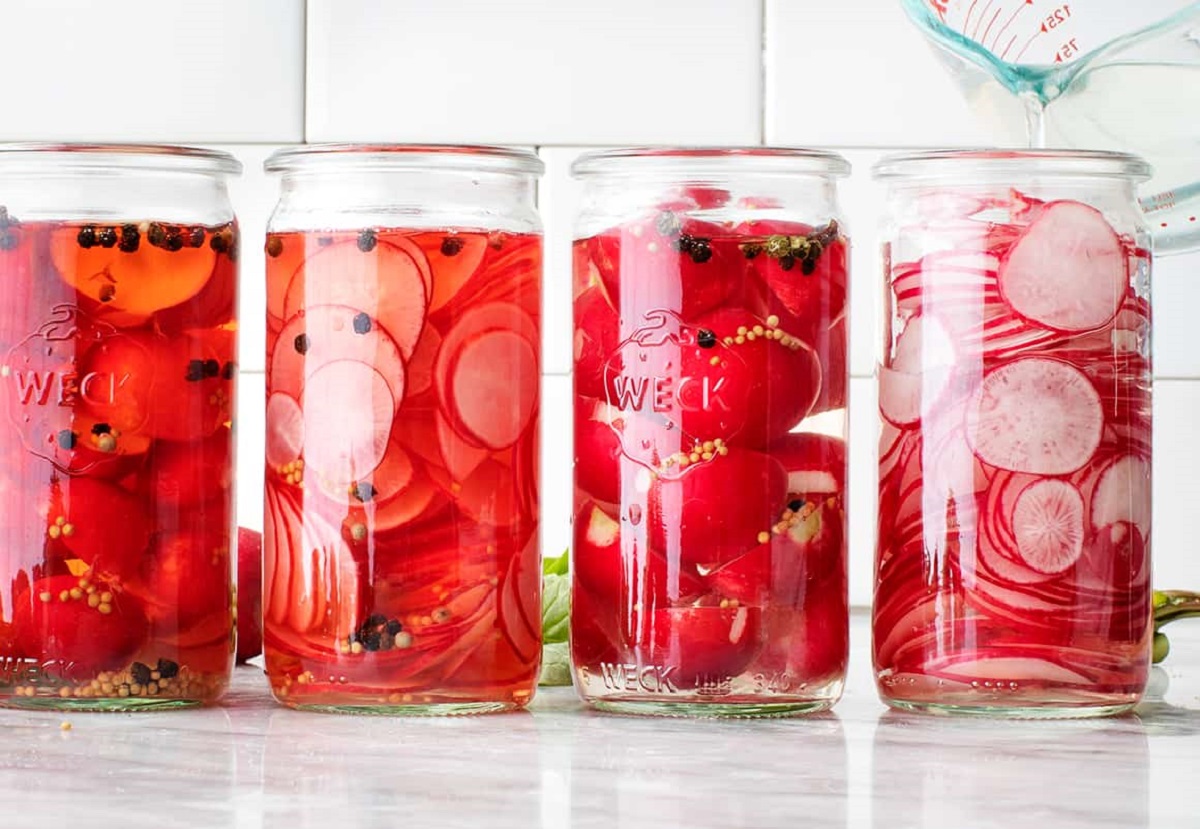
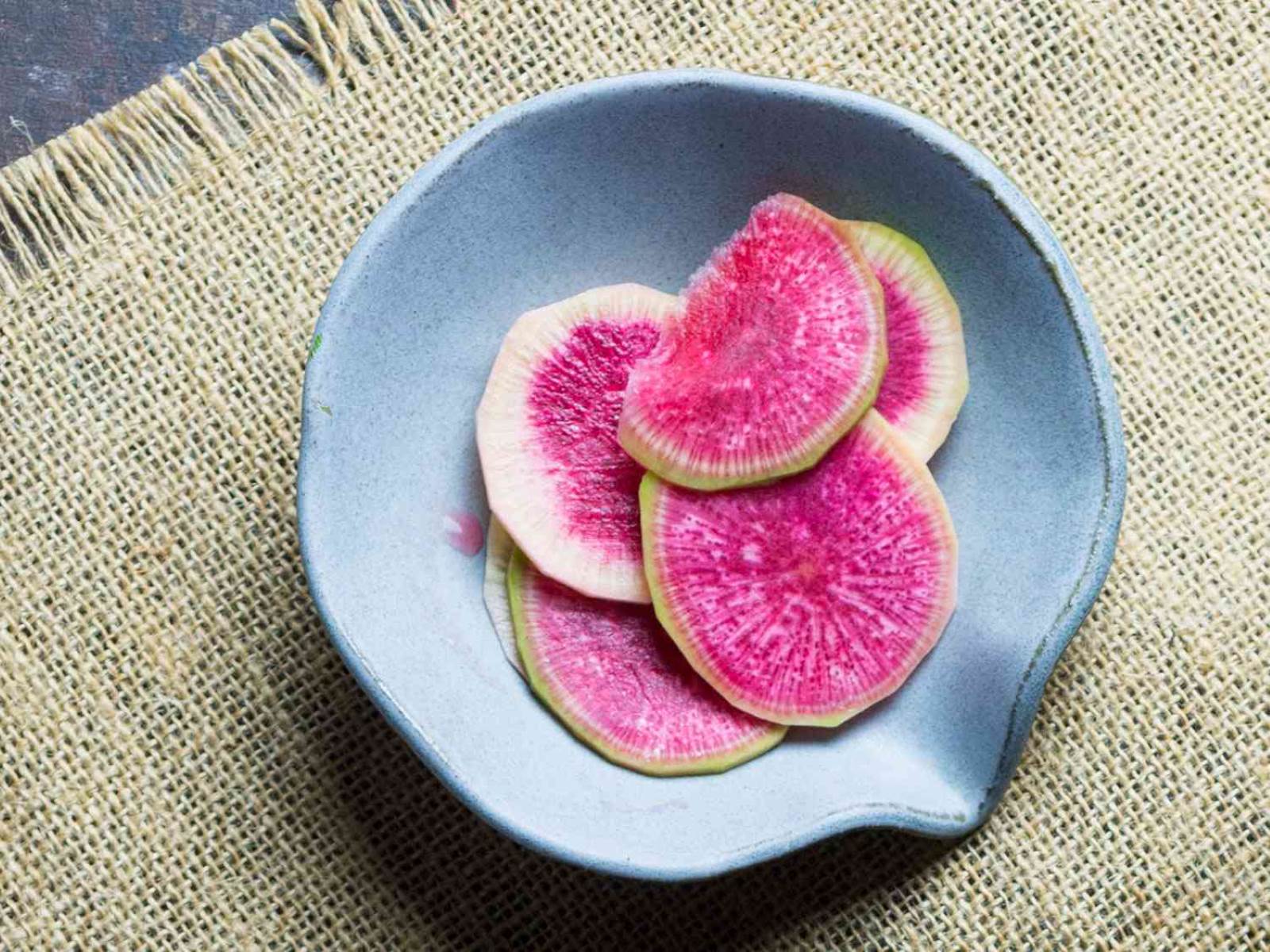
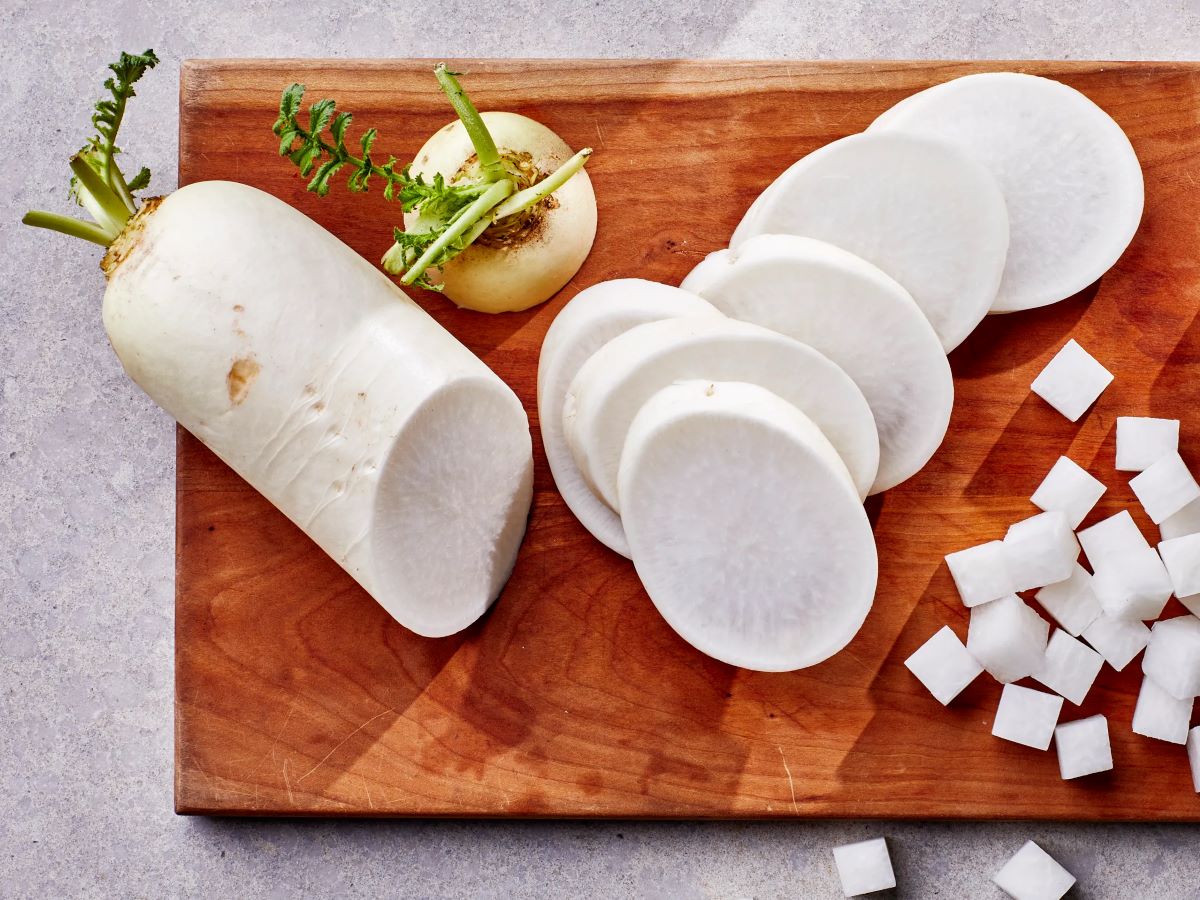
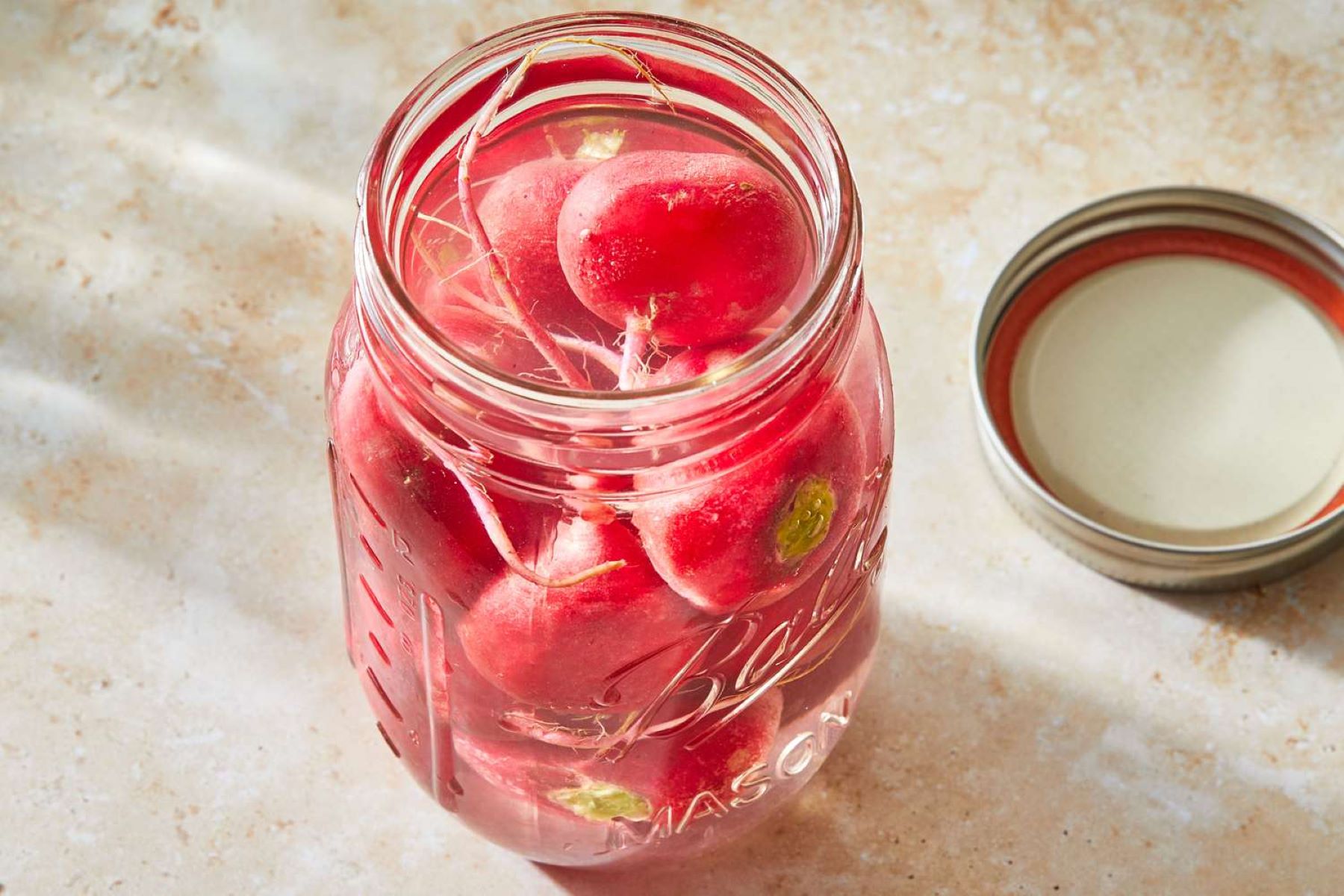
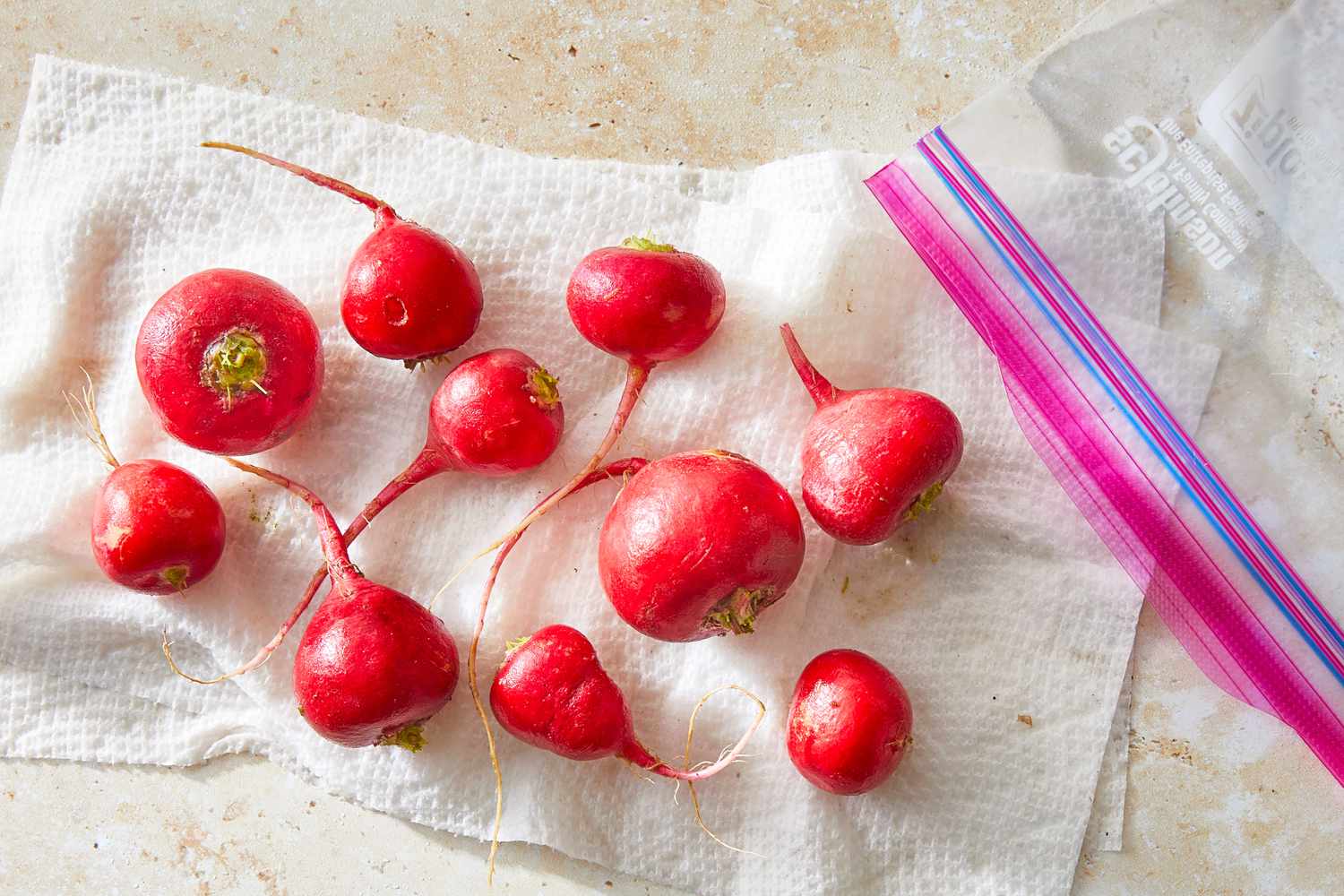

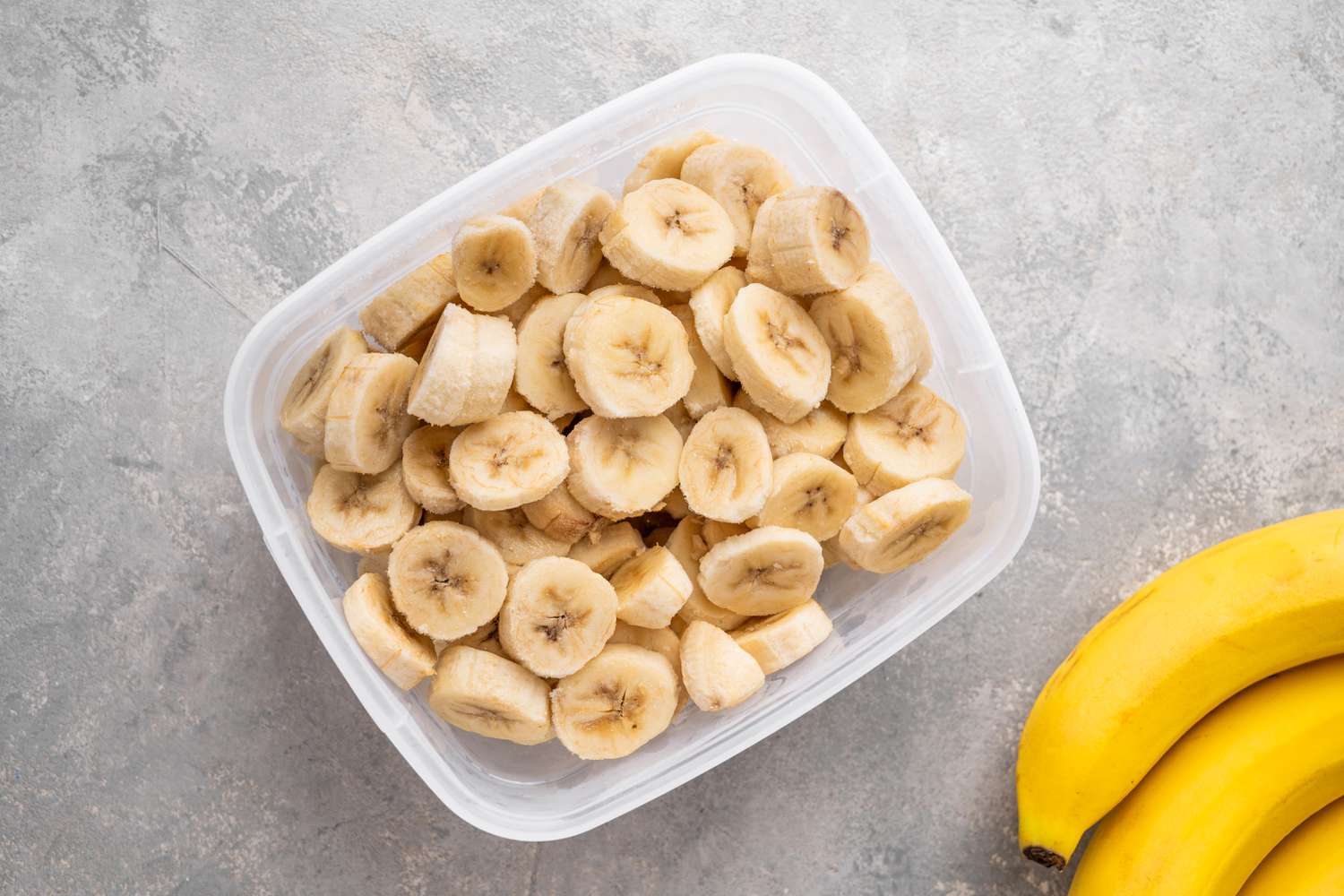
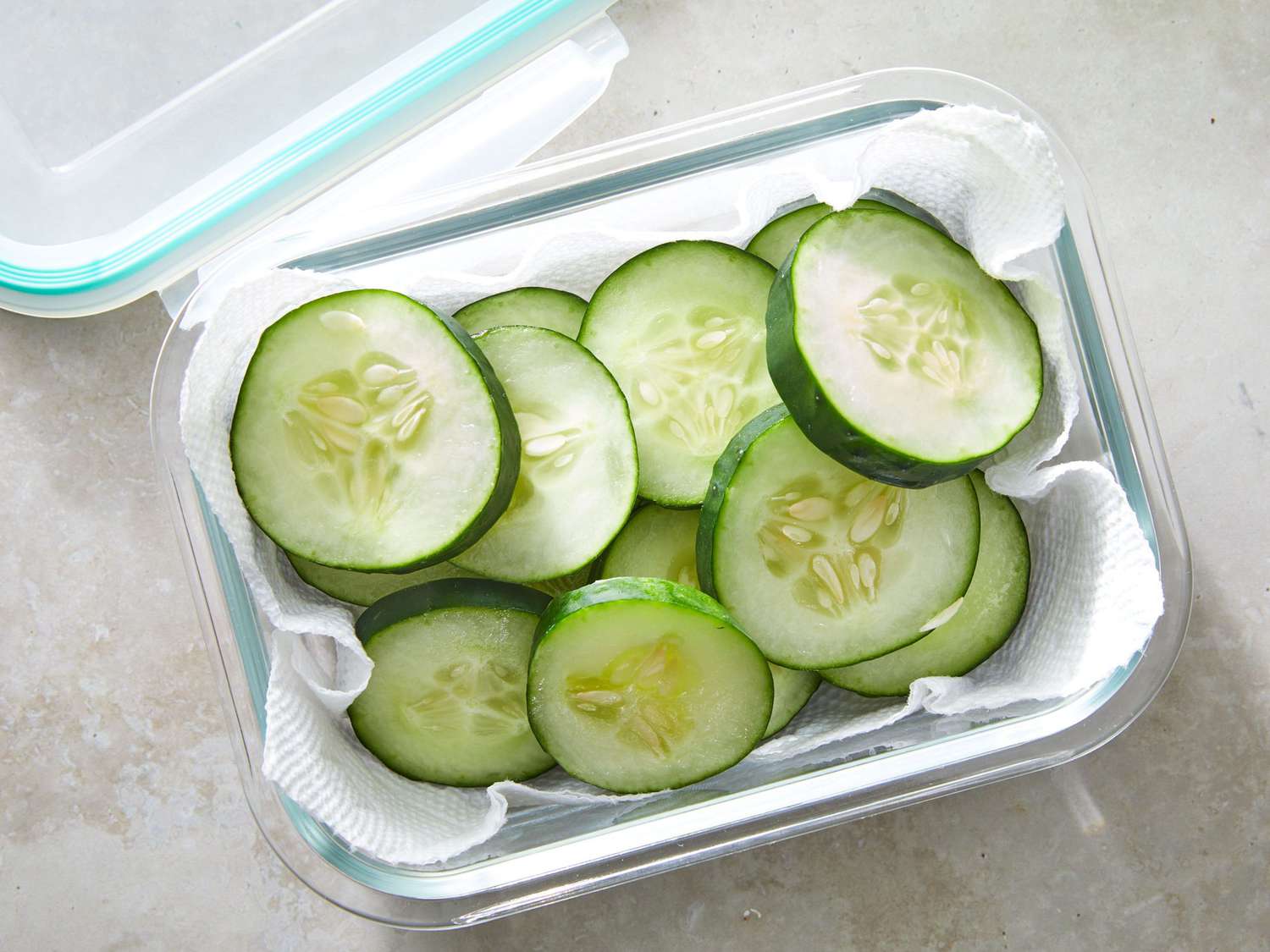
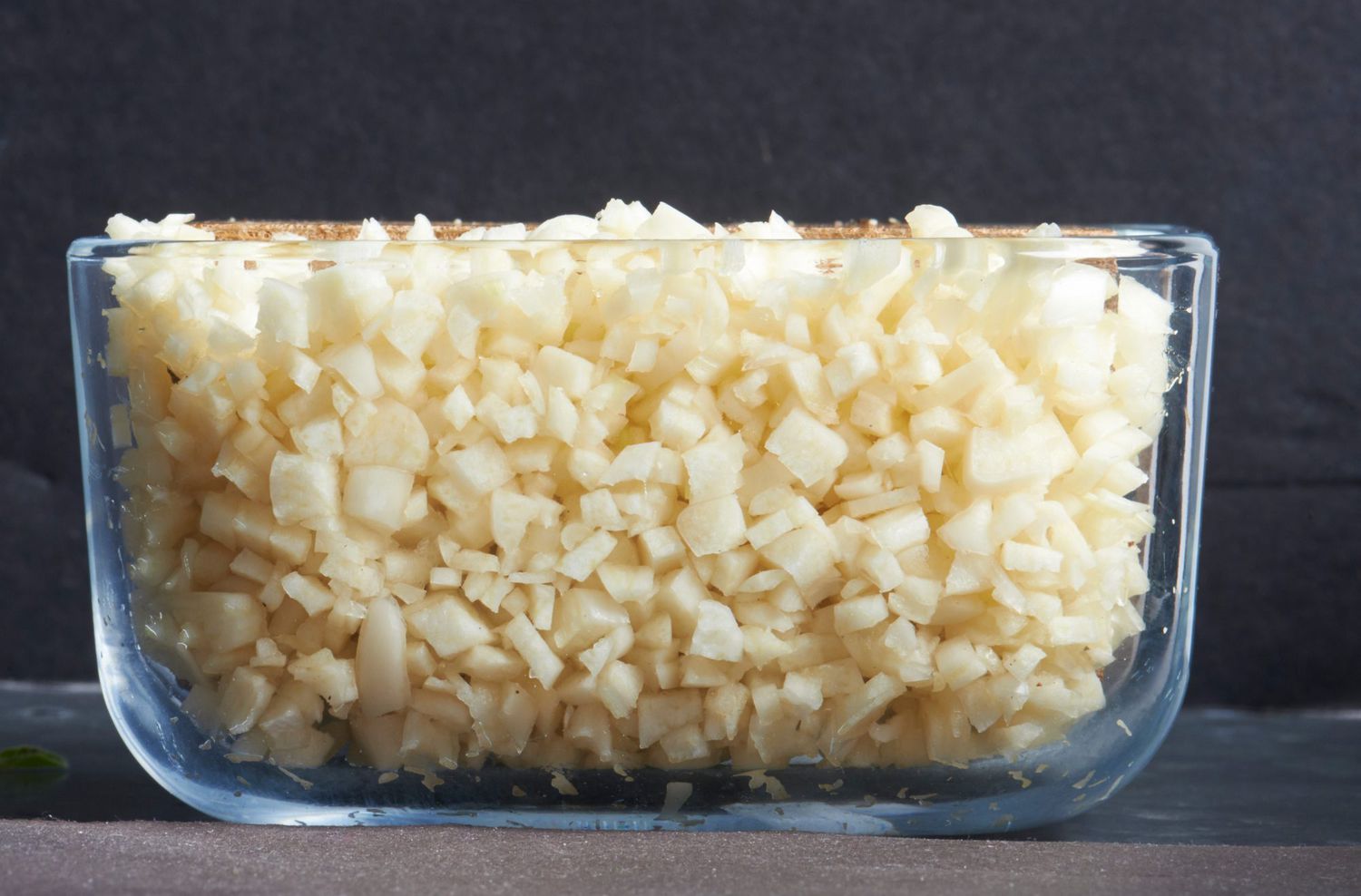
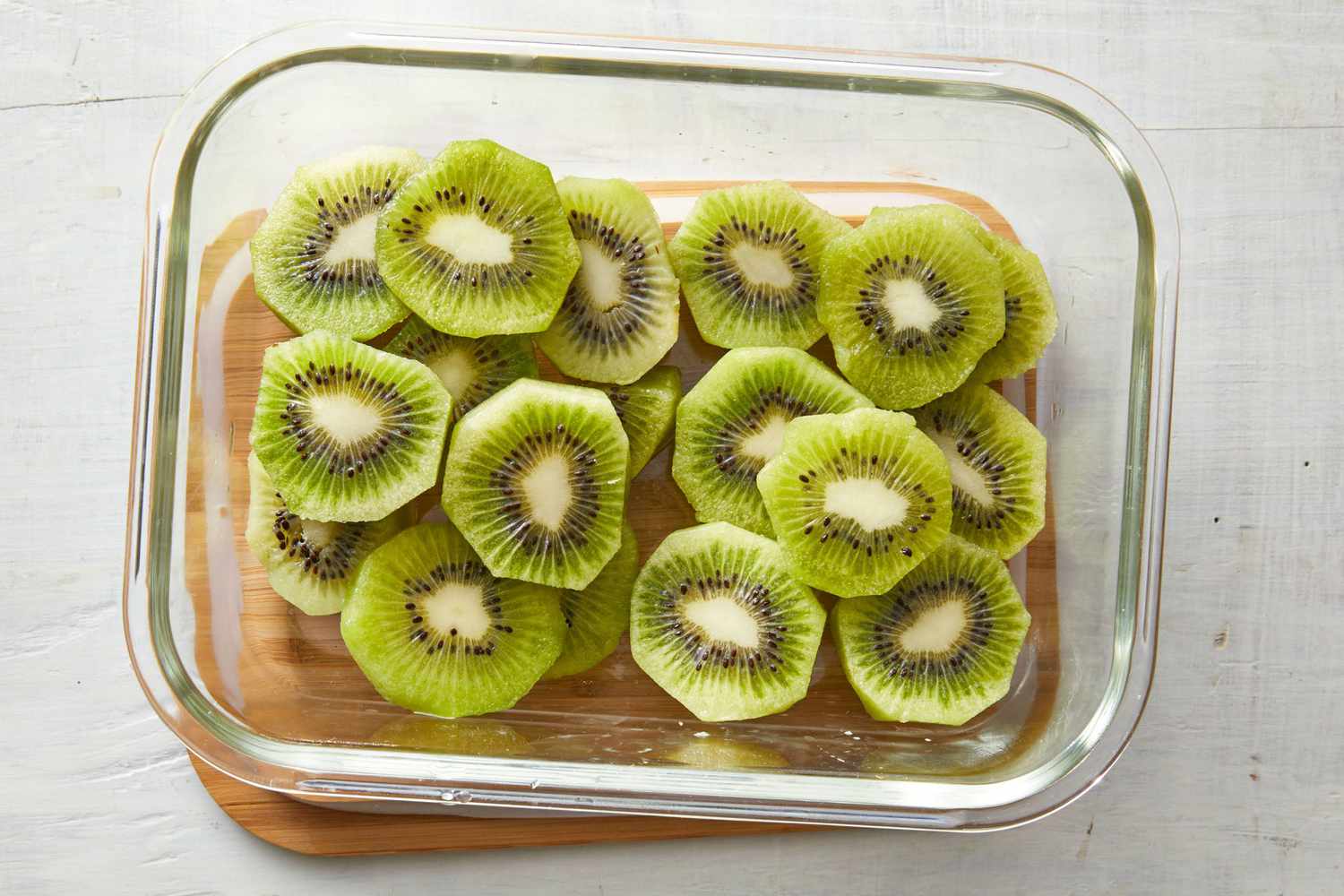
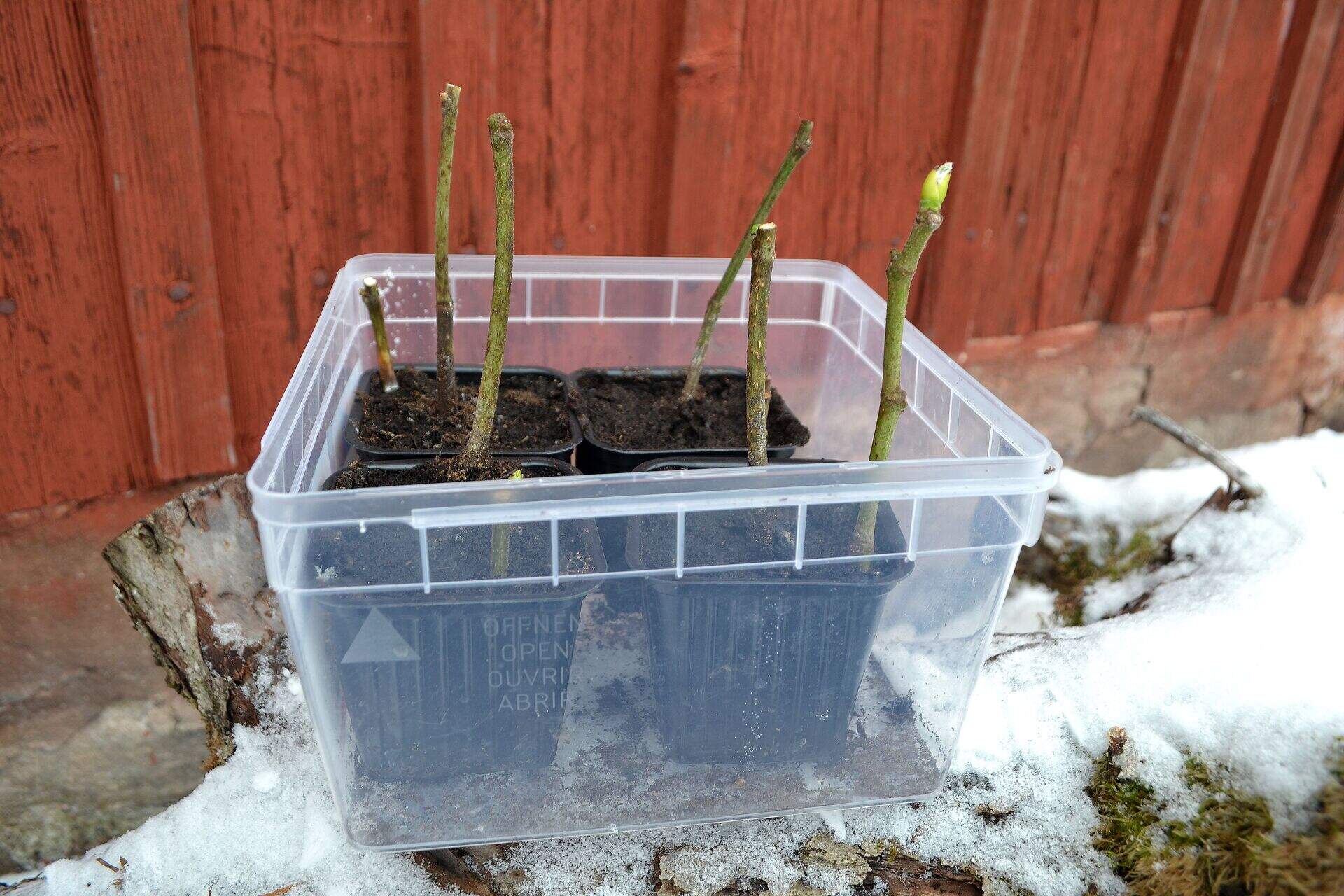
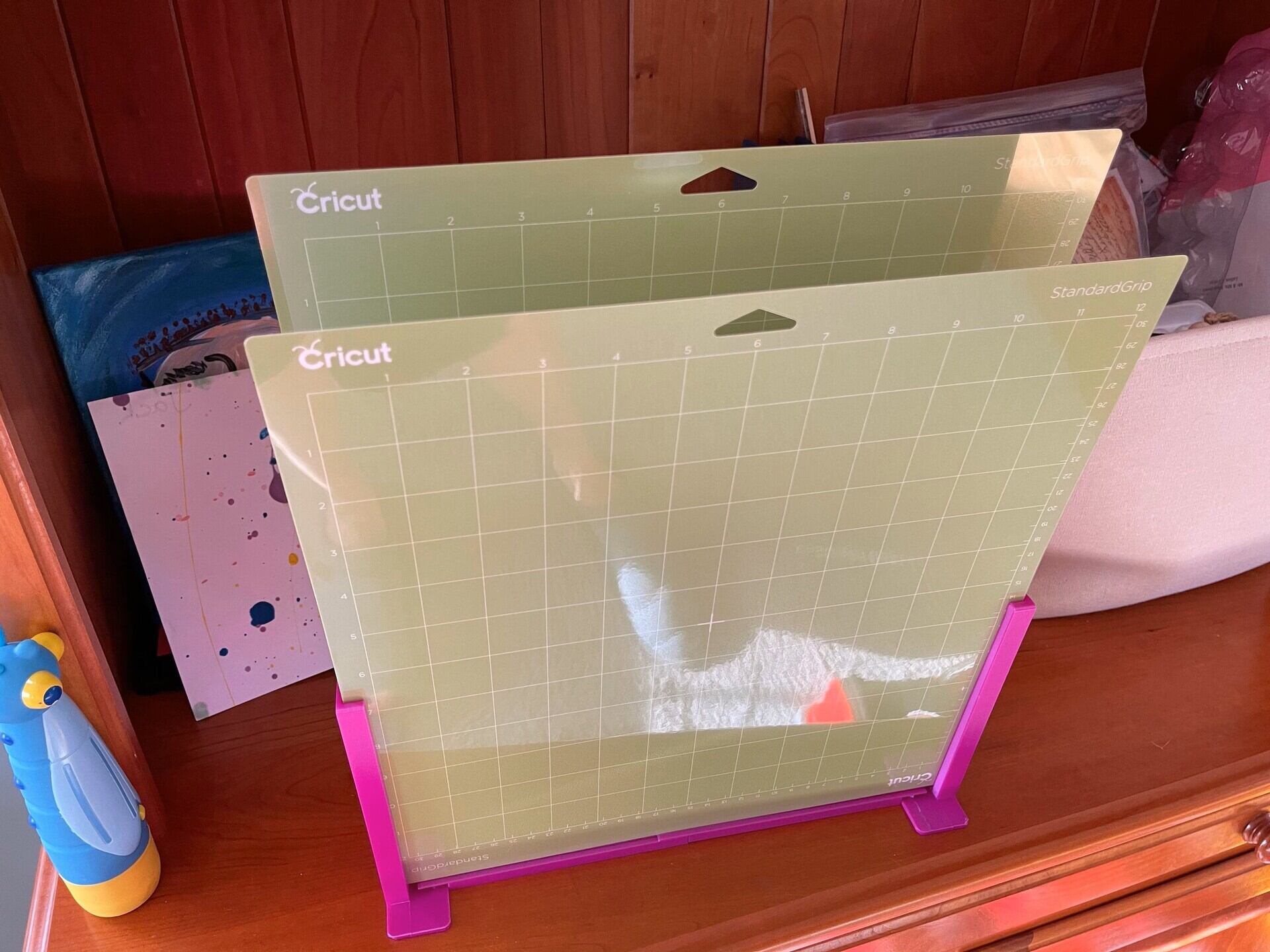
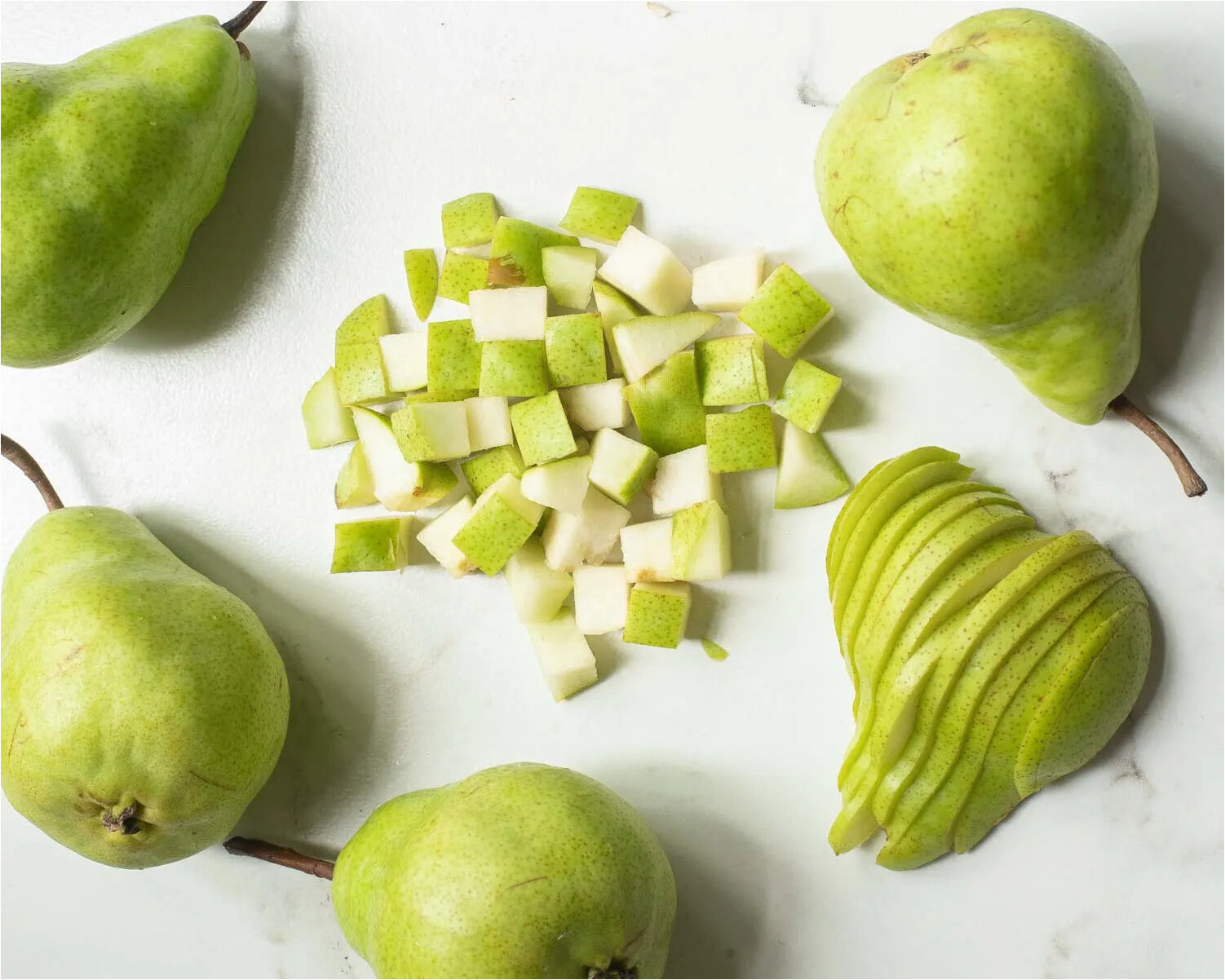


0 thoughts on “How To Store Cut Radishes”